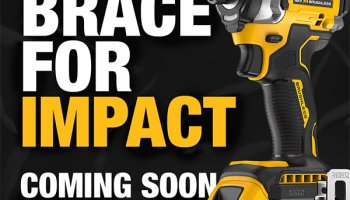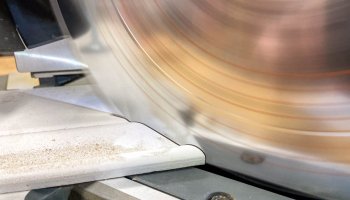
While it certainly seems like we live in the golden age of cordless tool innovation, a storm is coming that you may not have heard about: the finite resource of lithium-ion batteries. Having spoken with several industry insiders across several companies, differing opinions exist on whether a lithium or lithium-ion battery shortage is inevitable. Regardless of who you talk to, however, the “blame” falls largely on the auto industry. It currently consumes more of this resource than any other industry.
What’s Eating Up the Lithium?
According to an Engineering.com report, most of our global lithium supply exists in Chile, Argentina, and Bolivia. Between strict controls and varying business policies, not enough mining of lithium exists to keep up with demand. Letting lithium mining go completely unchecked also presents a poor option.
In Chile’s case, it might just be smart business. By putting tight controls on how much lithium they mine, the supply lasts longer. We’ll hold off on the OPEC comparisons for now.

The automotive industry bears the blame for the quick shift from sustainable production to the present lithium-ion battery shortage. Tesla makes one sweet-looking car, but they use more than 5,000 lithium-ion cells on the low end. Their high-end models contain more than 7,000 cells. Compare that to the 3 cells in a compact 12V battery pack. Even the largest battery packs for cordless outdoor power equipment use between 15 to ~60 cells.
Battery-powered EV vehicles simply use hundreds or even thousands of times more Li-ion cells.
Of course, the EV industry isn’t the only possible strain on supply—just the largest. Environmentally-conscious groups around the country want more “green spaces”. These areas regulate or even ban the use of gas-powered lawn equipment. Short of moving to hydrogen fuel cells, all those commercial lawnmowers potentially have massive lithium-ion cell needs.

A look inside a Tesla or even a Greenworks lithium-ion zero turn mower shows they use 18650 or 21700 lithium-ion cells. These very same cells fuel a majority of cordless power tools.
What Happens When Demand Rises
As demand rises with the popularity and/or regulation of battery-powered cars and lawn equipment we expect the lithium-ion battery shortage to start having a greater effect. On EV vehicles, people already experience longer wait times after placing an order.
Of course, on the OPE side, most of the demand lies with consumer products. This includes push mowers, string trimmers, and blowers. At the moment, those supplies seem sufficient for residential markets. The commercial side of the industry seems slower in moving from gas to battery. Not enough demand exists for these new products (yet) to see if the lithium shortage is having an effect on delivering those orders.
More likely, the supply of cordless power tools will suffer. This will likely take two forms—straight out of your high school economics class. First, as the supply tightens up, you might have trouble getting replacement batteries quickly. Second, you can almost certainly expect to see prices start to creep upwards. Supply and demand always come into play.
Don’t Hit the Panic Button… Yet
Now is not the time to go out and buy as many lithium-ion batteries as you can store. We aren’t seeing issues with supply just yet, and prices seem fairly stable. You will pay a premium to move from 18650 packs to those using newer 21700 cells. Also, advanced technology, such as using silicon in lithium-ion batteries, will almost certainly come with premium pricing.
Also, keep in mind that 3-5 years marks the average lifespan of a lithium-ion battery pack. This holds true even if it simply sits on the shelf unused. You can take steps to extend the life, but stockpiling makes little sense.
What to Expect Moving Forward
Finally, manufacturers keep an eye on these things, and they’re not waiting around to see what happens. years ago, Honda and GM partnered to work on the next generation of batteries with a focus on the automotive industry. Now, General Motors (GM) has targeted 2035 as the date by which it will exclusively offer electric vehicles. The company plans to end production of all cars, trucks, and SUVs using diesel- and gasoline-powered engines.
Of course, if the automotive industry makes the shift to a different cell or material technology, it could ease up the demand for lithium. This would, among other things, let cordless tools continue moving forward using current technology.
Shortage or not, we’ll still take a Tesla Model 3 if someone wants to offer it to Pro Tool Reviews as a company car!






